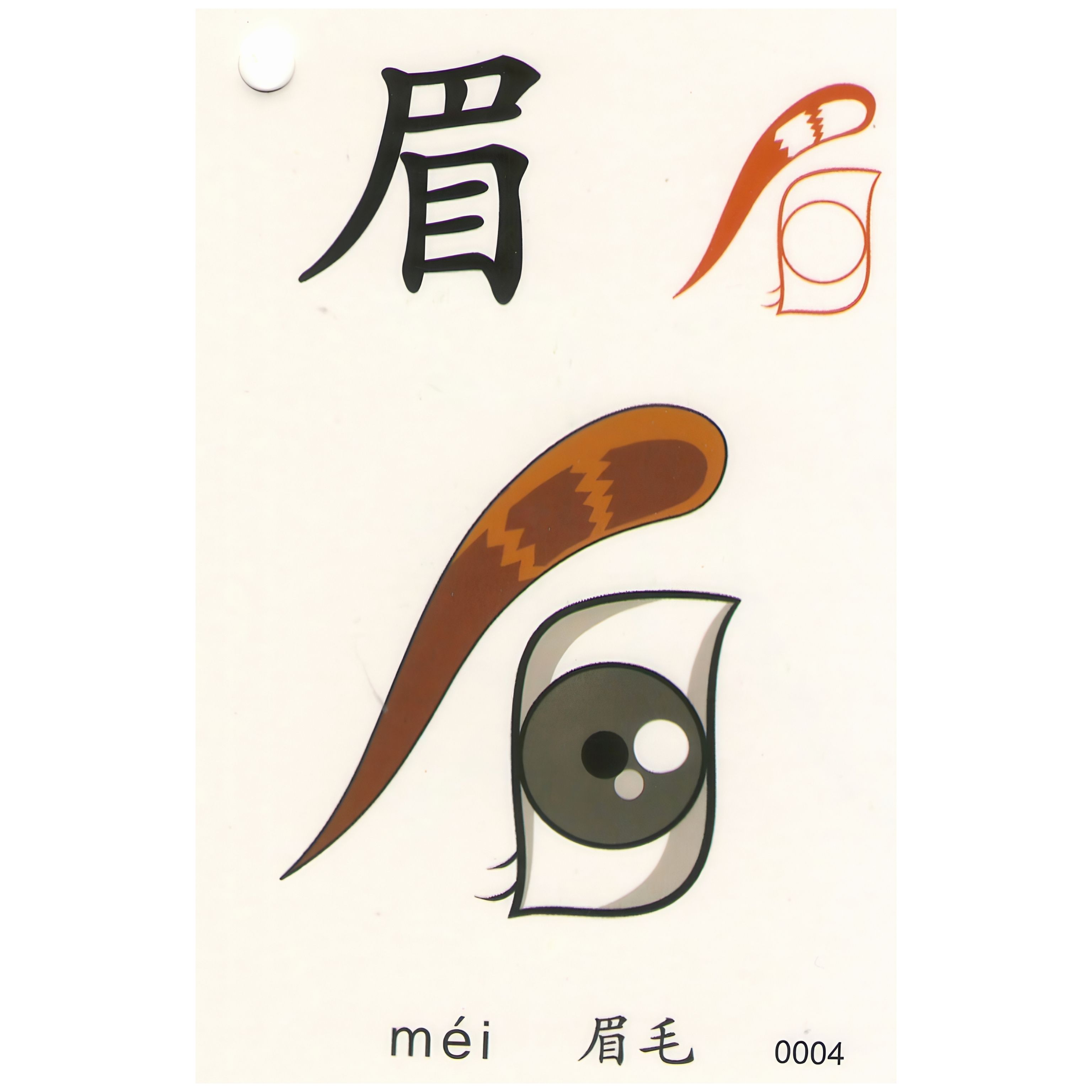
眉
說明
眉- Méi
"目" - mù - eye, the upper part of 眉- Méi could refer to "毛" - máo", meaning "hair" or "fur."
The combination represents the hairs above the eyes, hence "eyebrows."
This formation suggests the character's meaning directly and visually connects it to the facial feature it represents.
用法 (Usage)
As a noun, "眉" directly refers to the eyebrows.
眉毛 - méi mao - eyebrows
例如 (For example):
他的眉毛很浓。- Tā de méi mao hěn nóng
(His eyebrows are very thick.)
However, it is often used metaphorically in Chinese to denote expressions or emotions conveyed by the movement of the eyebrows, such as surprise, concern, or anger.
For instance, 眉头- méi tóu - the inner brow, refers to the area where the eyebrows begin, typically located above the inner corners of the eyes.
For example, "皱眉头" - zhòu méi tóu, means "to furrow one's brow," indicating worry or deep thought..
Idiomatic Expressions: "眉- Méi" appears in various idioms that use eyebrows metaphorically to talk about emotions or aesthetic qualities.
例如 (For example):
眉开眼笑 - méi kāi yǎn xiào - lit. "eyebrows rise and eyes smile," meaning to smile joyfully or beam with happiness
眉飞色舞 - méi fēi sè wǔ - lit. "eyebrows fly and colors dance," used to describe vivid, expressive facial gestures of excitement or happiness
Metaphorical Usage: In poetic or artistic contexts, "眉" can metaphorically relate to things that resemble the shape or curve of eyebrows.
例如:(For example):
山的轮廓好像一道眉形。-Shān de lún kuò hǎo xiàng yí dào méi xíng 。
(The outline of the mountain resembles the shape of an eyebrow.)
Podcast 頻道
每日一字
創作者
Podcast全集
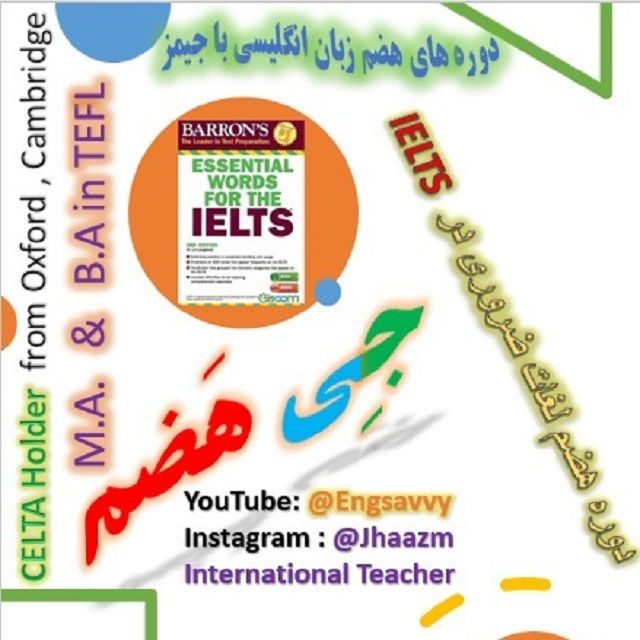
بخش اول : The Natural World > Plant Life
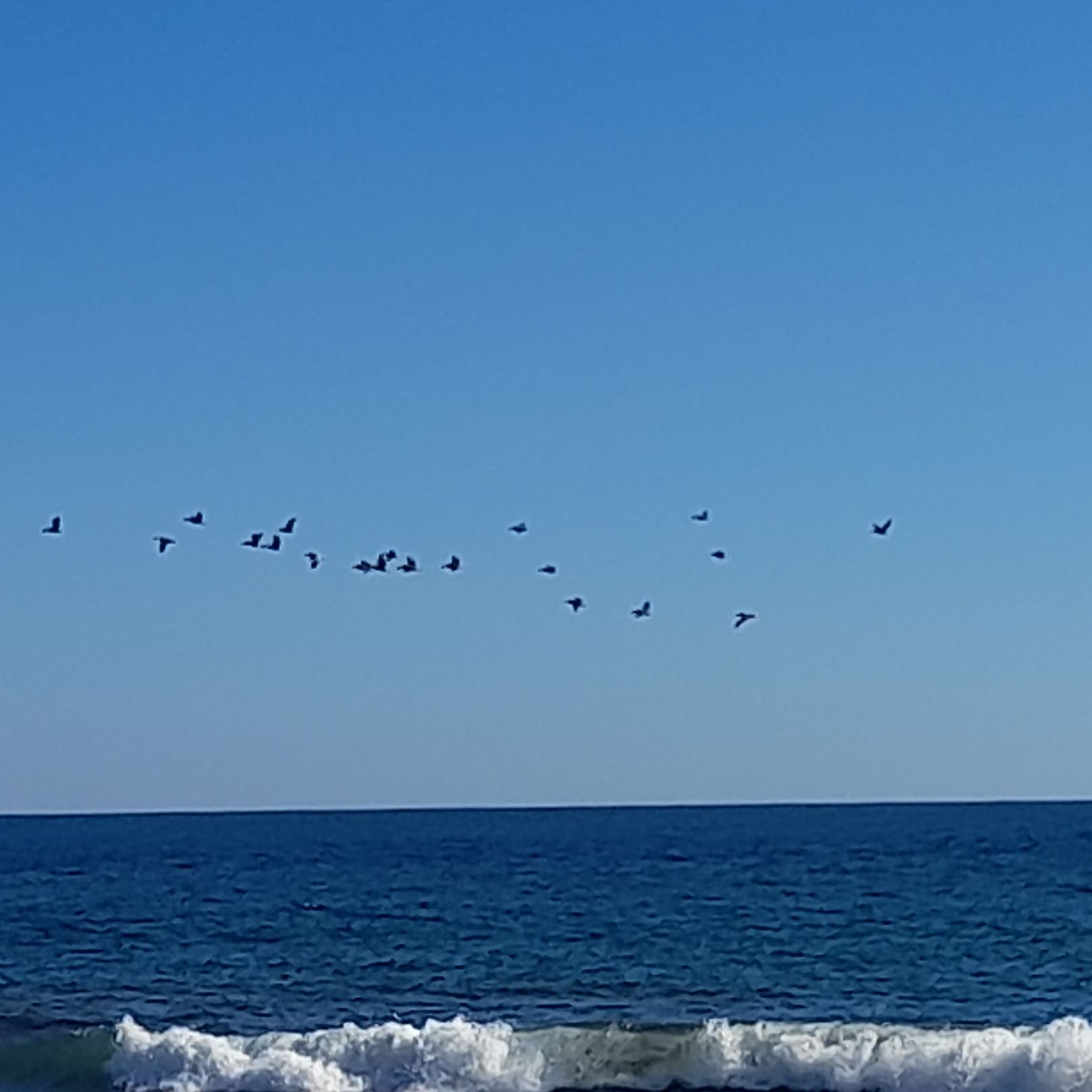
Juan Salvador Gaviota
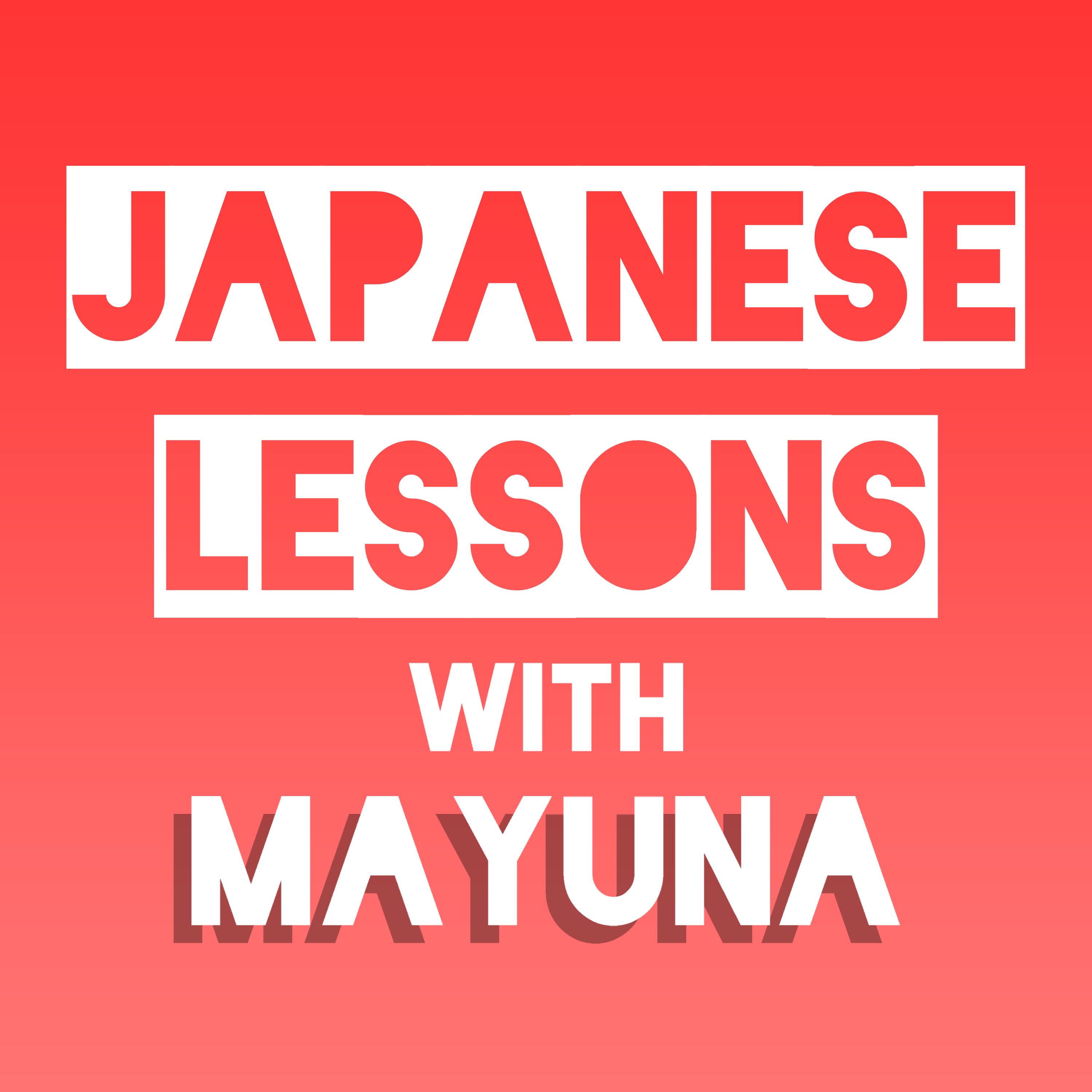
28. 絵と音楽

怎么面对分手?
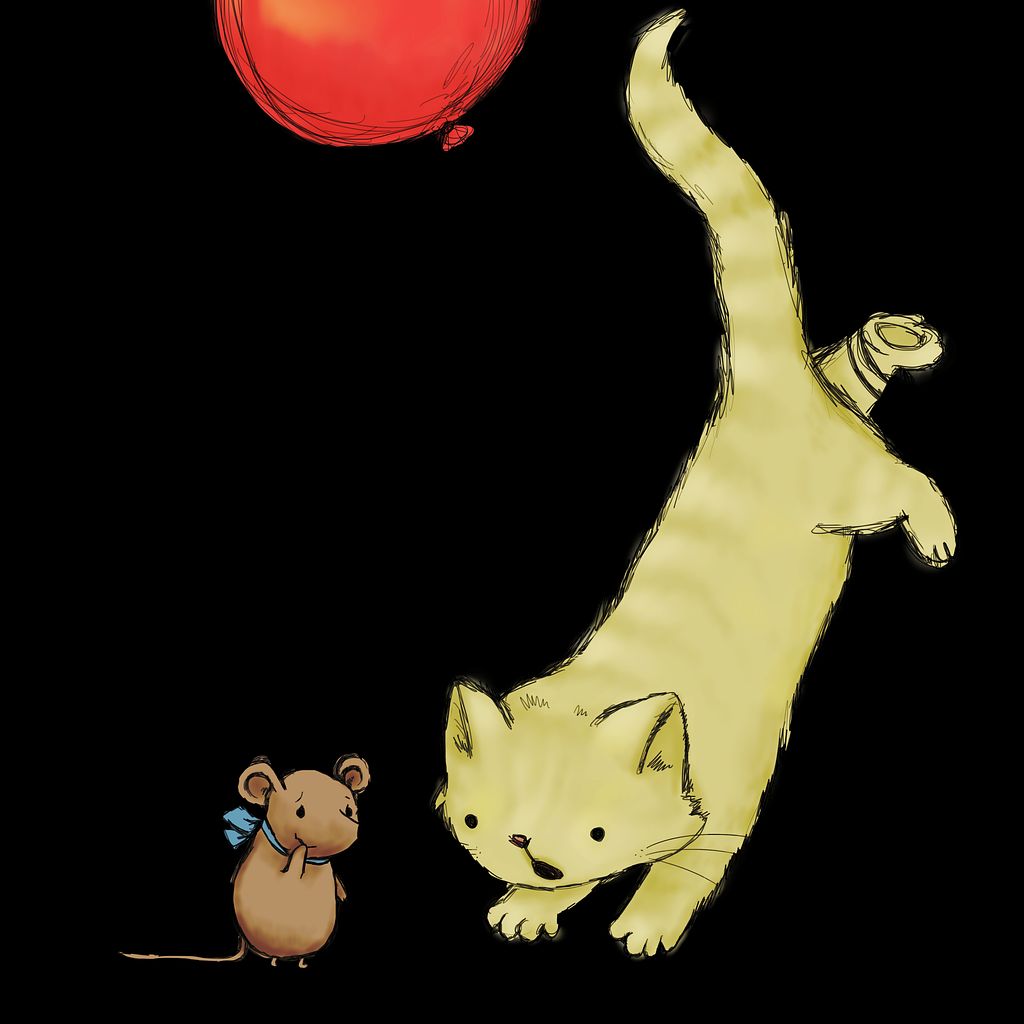
El gato y el ratón (historia para principiantes)

Jesień
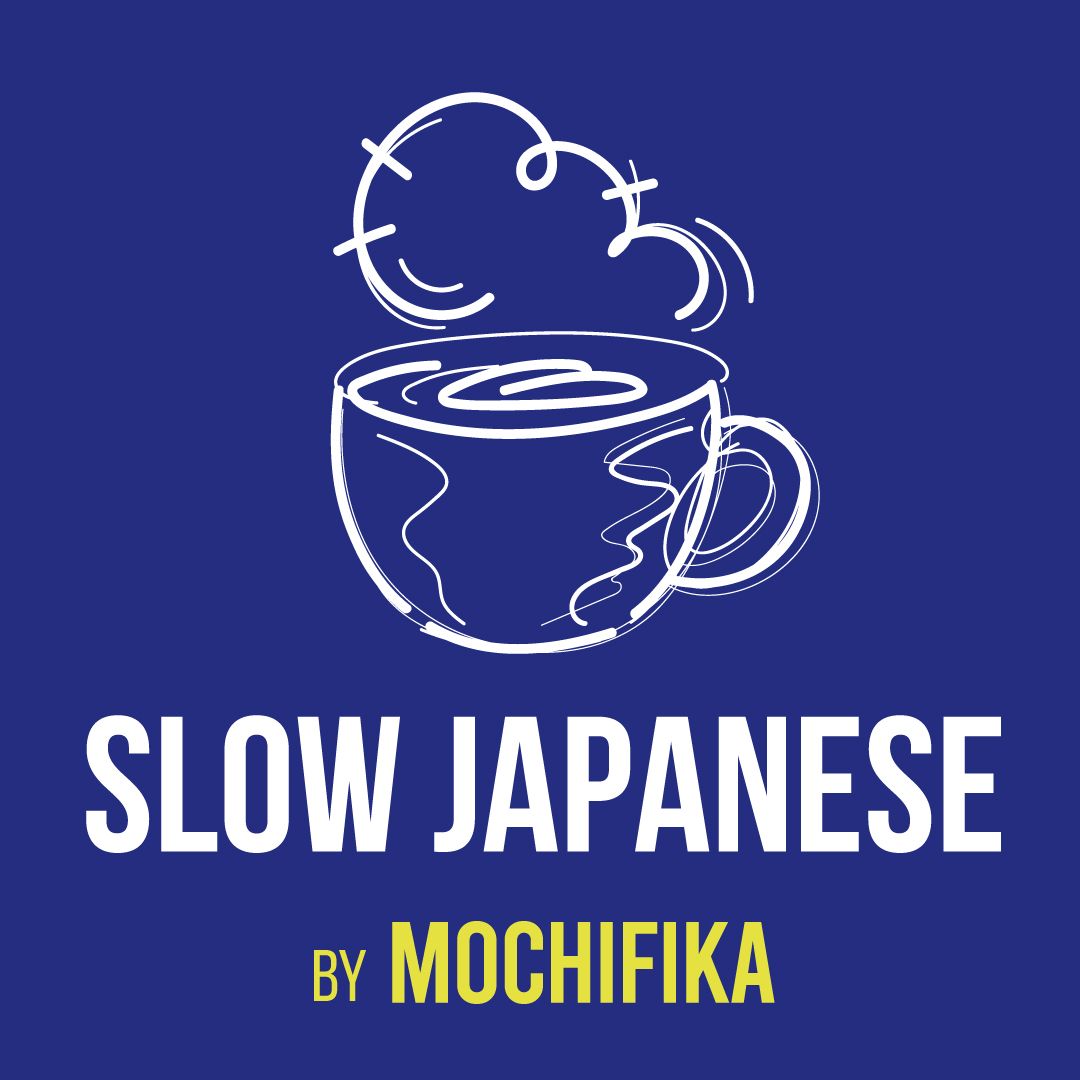
Episode #46 - My favorite Japanese band 3
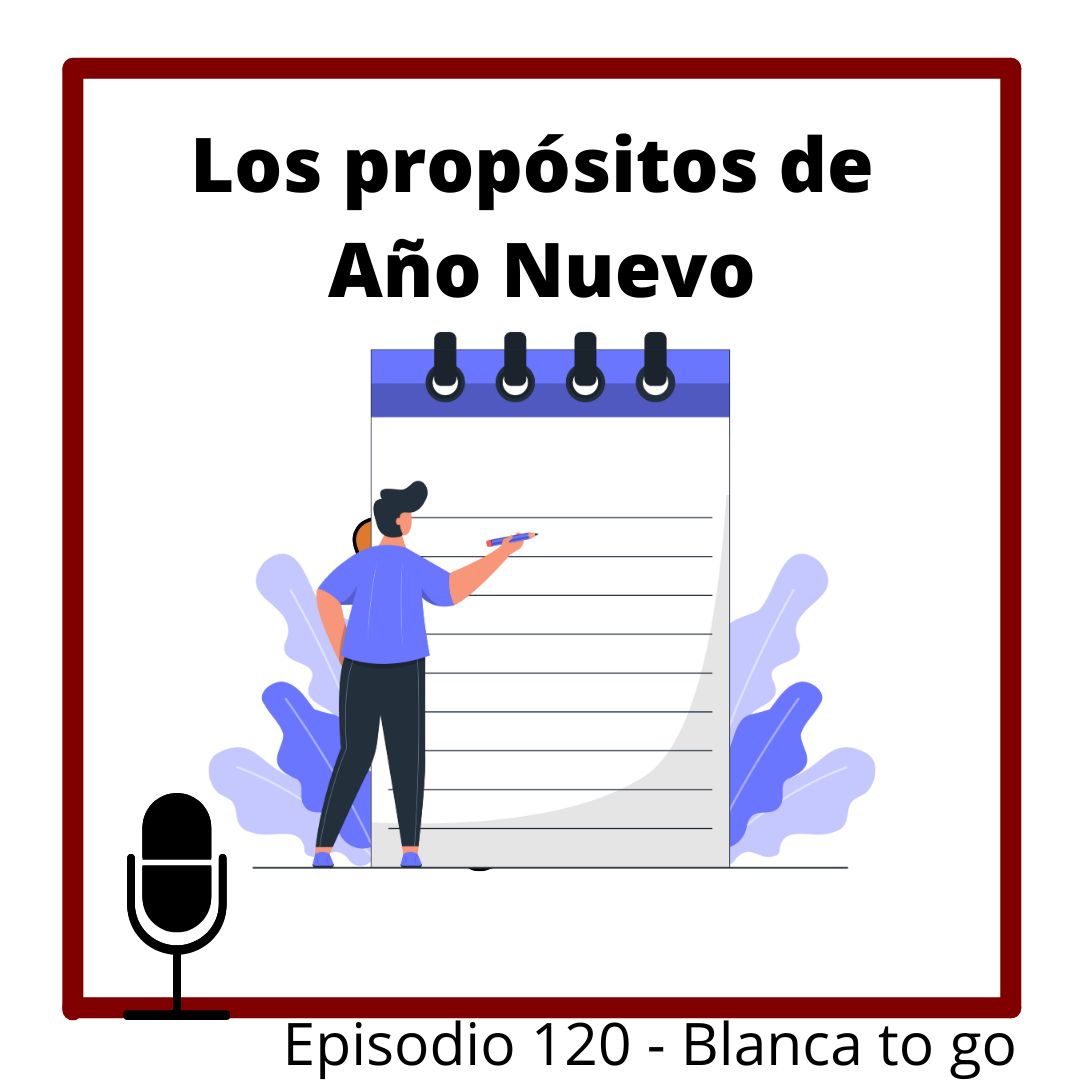
120 – Los propósitos de año nuevo
熱門集數

IELTS Essential Words دوره هضم لغات ضروری آیلتس English/ Persian
بخش اول : The Natural World > Plant Life

Conversando en Español sin Miedo. Hablemos de todo un poco.
Juan Salvador Gaviota

Japanese Lessons with Mayuna
28. 絵と音楽

心的重建
怎么面对分手?

Podcast en español para principiantes - Vocabulary (Podcast in Spanish for beginners)
El gato y el ratón (historia para principiantes)

Język polski z przyjemnością!
Jesień

Slow Japanese
Episode #46 - My favorite Japanese band 3

Blanca to go
120 – Los propósitos de año nuevo